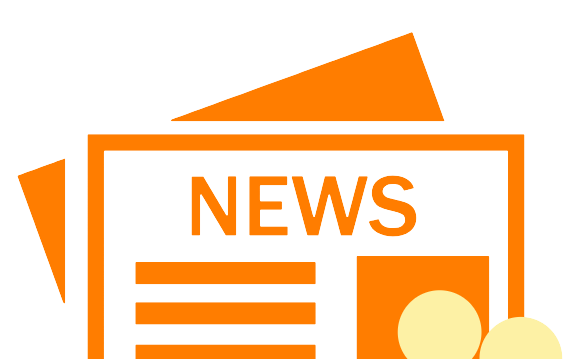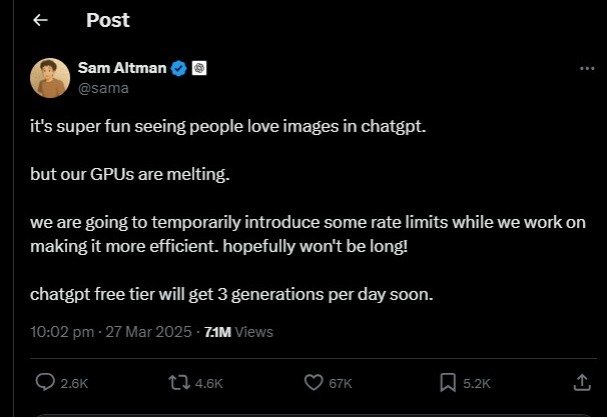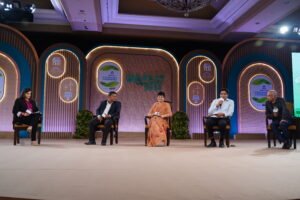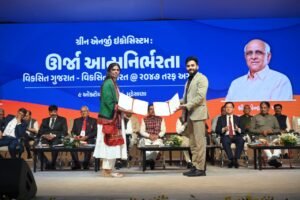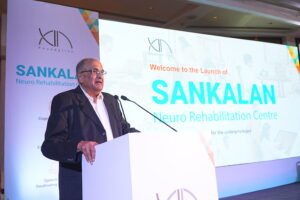Greater Noida (Tech Desk): OpenAI CEO Sam Altman recently announced that the company will impose temporary rate limits on its ChatGPT image generation feature. He said that this step is being taken due to the high demand and “melting” of GPUs (graphics processing units). The reason behind this decision is the huge increase in the use of the GPT-4o model, which has brought a new revolution on social media regarding image generation. OpenAI’s GPT-4o model, which comes with an integrated image generator, has helped users create Studio Ghibli-like images, making the feature extremely popular. OpenAI has dubbed this model as “the most advanced image generator ever”, and demand for it has grown rapidly since its launch. However, this huge demand has put extreme pressure on the company’s GPU resources, leading to the decision to limit the rate of image generation.
Sam Altman posted on X (formerly Twitter) stating, “It’s so fun to see people love the images in ChatGPT. But our GPUs are melting. We’re going to temporarily implement some rate limits while we work to make it more efficient. Hopefully it won’t last long!” After this, he mentioned that free tier users will soon be limited to only 3 image generations per day. He also added that the company is rejecting some generation requests that should be allowed, and is trying to fix it soon. While he didn’t give the exact information on the rate limits, he assured users that it will be temporary and the company is working to make its process more efficient.
Difference between free and paid tiers
The image-generation feature is exclusively available for ChatGPT Plus, Pro, Team, and Select subscription tiers. However, for free users, the feature has now been limited and they get only 3 images per day. Earlier, OpenAI had completely suspended the image generation feature for free users, The Verge reported.
Features of GPT-4o model
OpenAI has introduced the GPT-4o model as a multimodal AI, capable of accurately understanding and generating both text and images. The company has called it “capable of delivering precise, photorealistic output”, and it aims to help users generate exactly the image they envision. The GPT-4o model not only renders text accurately, but it also excels at following prompts, transforming uploaded images, or using them as visual inspiration.
Due to the increasing demand for image generation and pressure on GPU resources, OpenAI has had to impose temporary rate limits on its image generation feature. However, the move is temporary and the company is trying to improve it soon. The image generation tool of OpenAI’s GPT-4o model has proven to be the most advanced and effective tool to date, enabling users to generate accurate and photorealistic images in line with their imaginations.
